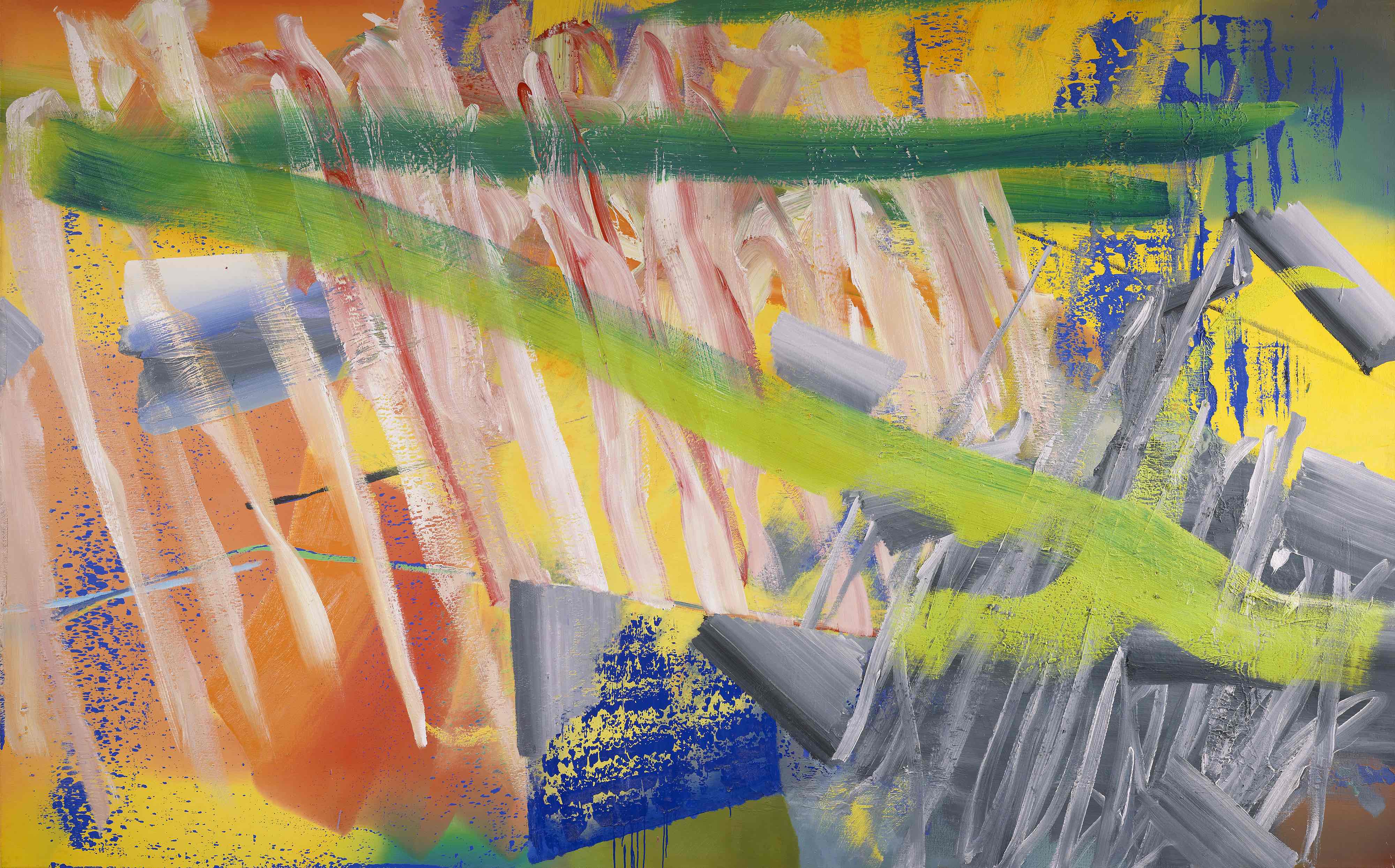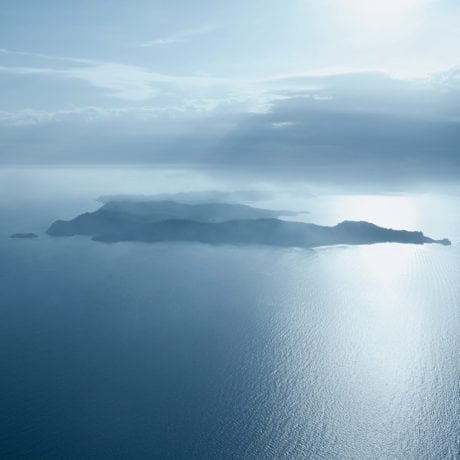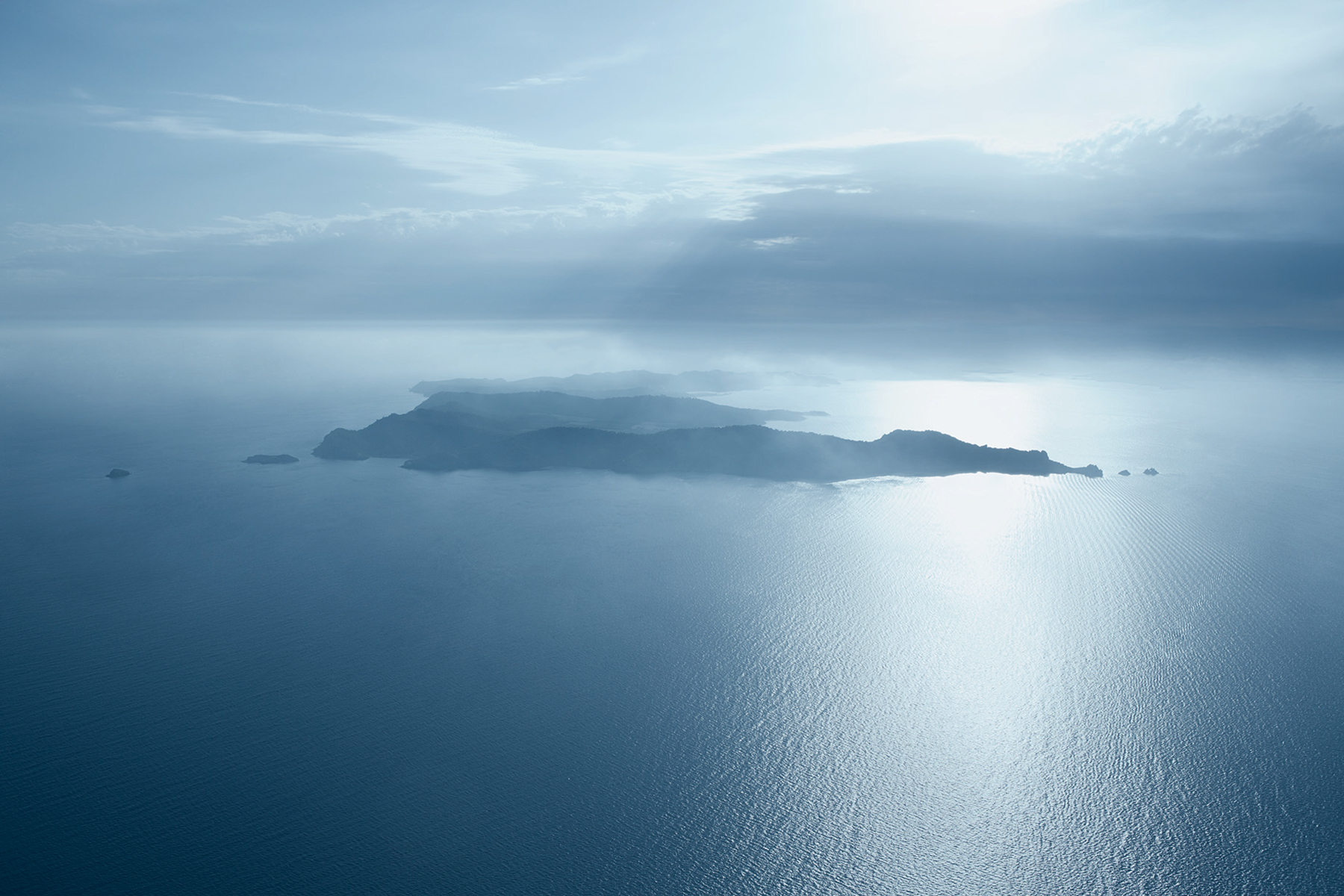
Despite his infamous Warhol prints of Marxist leaders hanging above his desk and his claims to have been “a Situationist in 1968”, I’m not about to paint millionaire equity-fund manager Édouard Carmignac and his Mediterranean-island foundation as a great force of decentralizing democratization. However, the opening of the Fondation Carmignac almost 600 miles away from Paris does fit into the South of France’s legacy as a place for extravagant art enclaves. The foundation is an art centre that melts into the nature that surrounds it, set on a verdant island in the middle of a forest, a boat ride away from the coastal town of Hyères. The collection isn’t radical, or even particularly coherent, but the project as a whole is irresistibly charming.

Arriving at the port, the short walk leads visitors along a small dirt path with dappled light filtered through fragrant pine trees and the smell of eucalyptus arriving on the breeze. The beach is just a couple of hundred metres away, the water limpid and the sand fine and white. Atop a small artificial hill is the foundation, housed in a simple villa with sea views to the north and dense forest to the south. The basement is stuffed with Warhols and Litchensteins, a couple of pieces by Botticelli and even a portrait of the foundation’s namesake painted by Basquiat in 1984—a testament to Carmignac’s cool credentials.
There is a ritual room at the start of the visit. You’re asked to remove your shoes and are invited to drink a herbal tea concoction created by a pharmacist using local plants, to get you in the mood. Outside, there is a vast sculpture garden with colossal gawping heads from Ugo Rondinone’s Four Seasons project, Ed Ruscha’s huge billboard The Sea of Desire and a clutch of Nils-Udo marble eggs that dissolve into the land and stretch out into the vineyards.
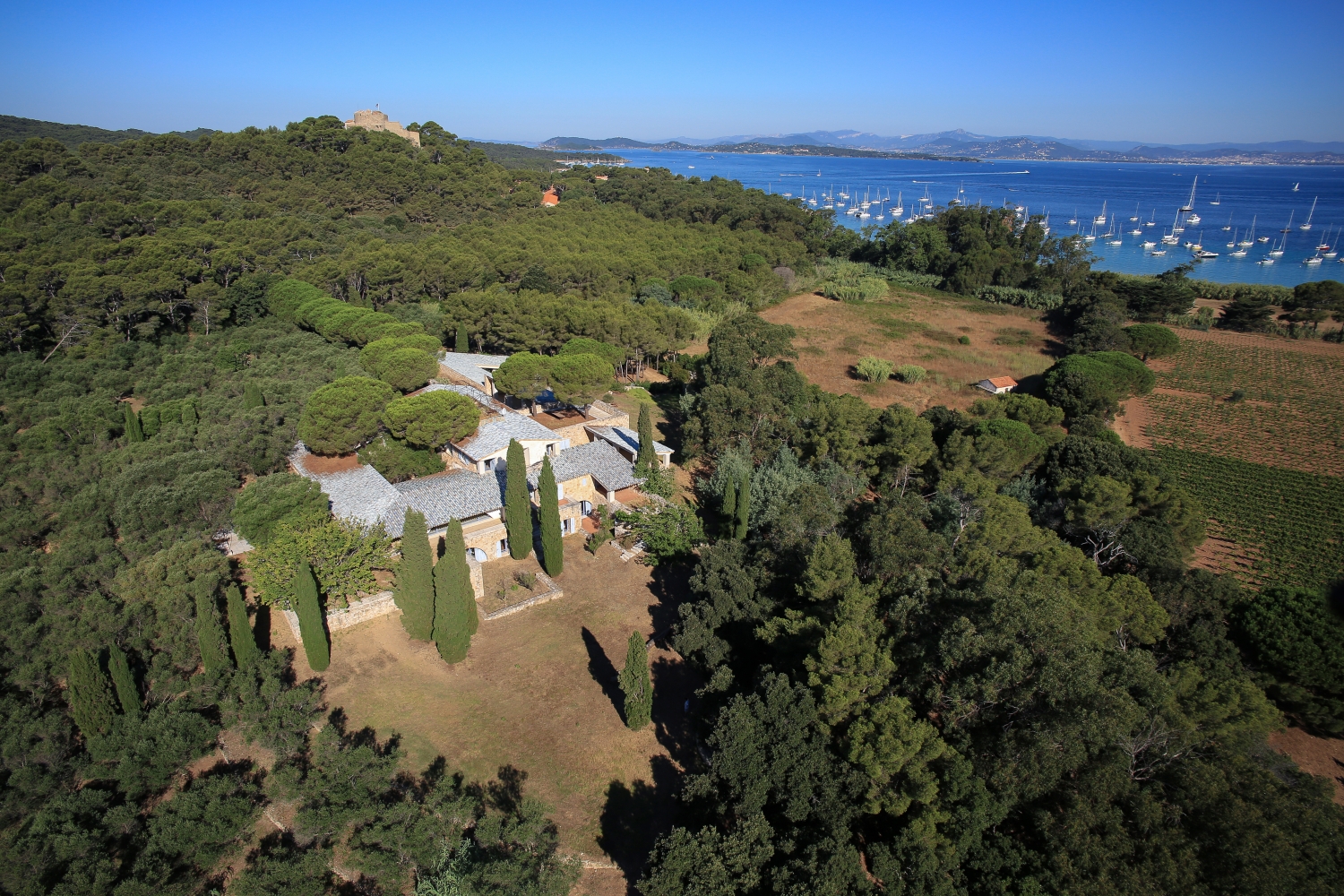
The real triumph is the architectural contortions that took place in order to create a space where the light is perfectly executed, illuminating the artworks in a way that seems to be much more advanced than in most museums. A large central plateau of glass topped with water serves as a ceiling to the central gallery, creating a perpetual kaleidoscopic dance where light interacts with liquid. There are also a number of sensors inside the galleries which react to natural light shifts, rendering the space almost meditative.
Eighty of Édouard Carmignac’s 300-piece collection are on display here. There are works that one might hope would exist in a more critical context, and others that invite simple staring, allowing yourself to be carried along by your barefoot, tea-drinking, island-dwelling experience. It is almost pointless to critique the collection in terms of coherence or ideology anyway, because it is ultimately a project of passion and deeply personal to the family that has opened up the space to the public.

“Parisian collectors embark upon ambitious and vast projects in improbable locations mostly in the South of France”
Nevertheless, there is potential for evolution—Charles Carmignac (son of Carmignac Senior, and the man running the project) speaks of partnerships with similar spaces. Twenty artists were invited to take up residence at the foundation in the lead up to the opening in order to create unique pieces in response to the space. Such initiatives are a testament to a continued desire to support contemporary creation.
In reality the Fondation Carmignac doesn’t so much break the mould as follow a well-worn model, whereby Parisian collectors embark upon ambitious and vast projects in improbable locations mostly in the South of France. It is a pattern that I can get behind. Wandering through cavernous sun-filled rooms dotted with iconic artworks is an antidote to the anaemic frenzy of art fairs, where most time-starved members of the art world fill their monthly quota of viewing. Or at least maybe the fairs start to make more sense, for the work that once occupied their booths is now here in an altogether more sympathetic environment.
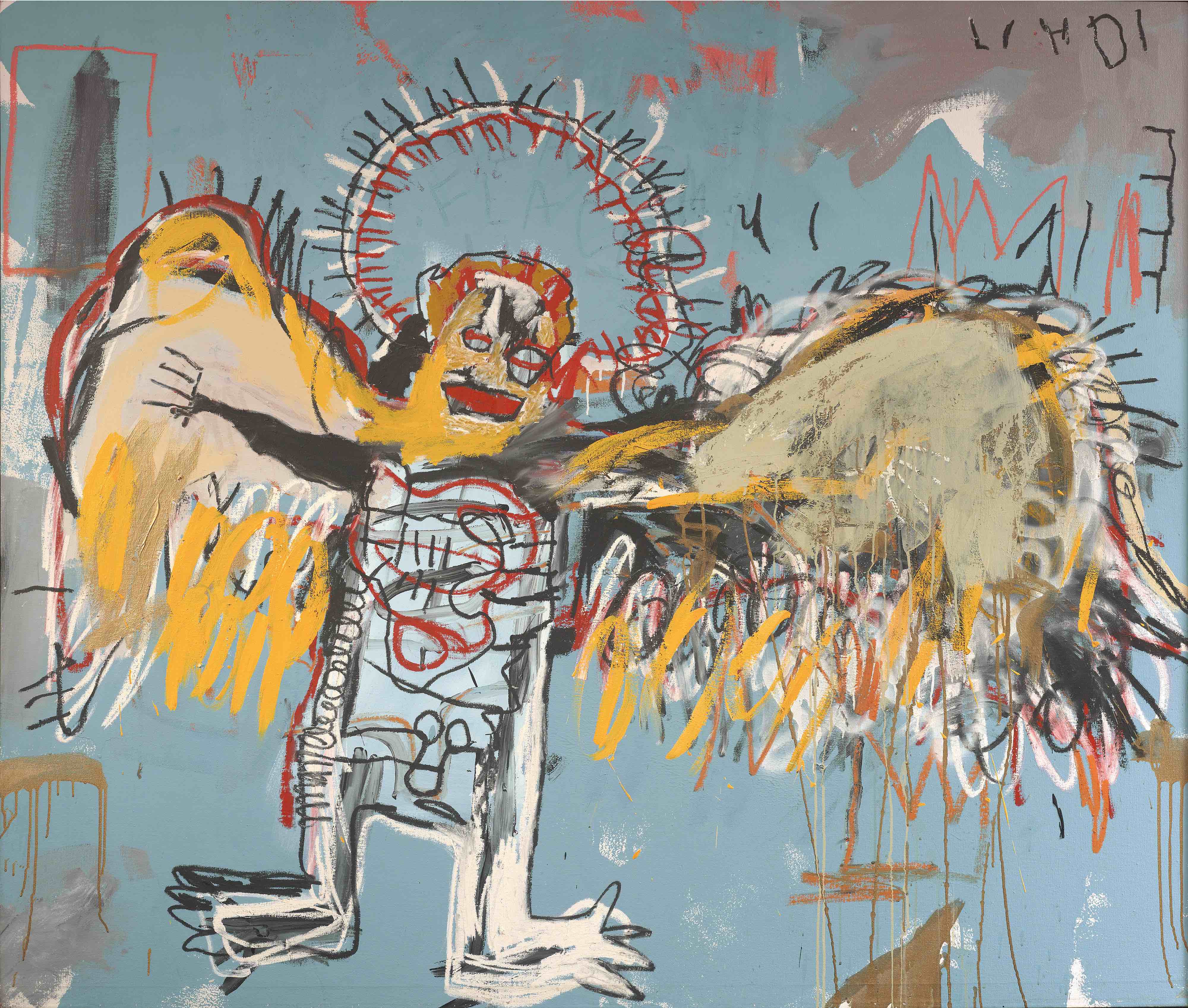
The ultimate model for this kind of space is undoubtedly the Fondation Maeght, founded in 1964 by Aimé and Marguerite Maeght, the most iconic of Parisian gallerists. Inspired by Miró’s studio in Palma and constructed by Catalan architect Josep-Lluís Sert, the sprawling space in the foothills of Saint Paul de Vence is rammed to the rafters with work by their friends and acolytes from Miró to Braque, Calder and Giacometti. A couple of hours to the east, wedged between the Luberon national park and Marseille, the Château La Coste is an equally as imposing space, 500 acres of winding vineyards line a path to a 100-piece contemporary art collection housed in three gallery spaces designed by Renzo Piano.
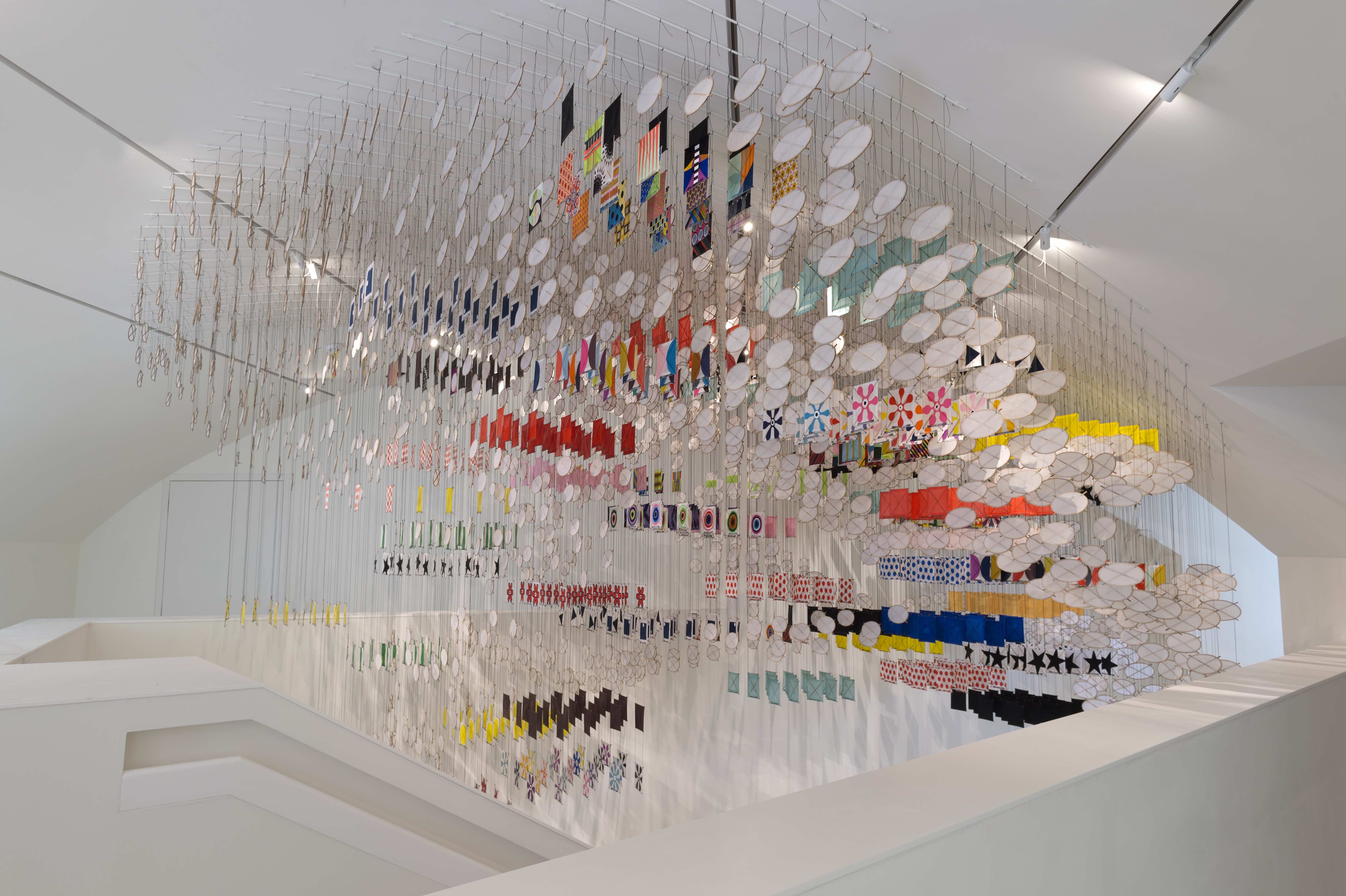
There is more to come too. Picasso’s stepdaughter Catherine Hutin-Blay has plans to open a 1000-piece museum dedicated to the prolific artist in 2021. Publicly displaying around half of her collection of Picassos, Hutin-Baly’s private foundation in Aix-en-Provence will constitute the largest display of his work, overshadowing the existing museums in Paris, Barcelona and Malaga. Elsewhere, the Fondation d’Entreprise Martell is slated for completion in 2020/1 with intermittent programming and events having taken place at the Cognac site since 2016. With the impending summer exodus from Paris drawing ever nearer, rest assured that there is ample cultural life outside the big city.
